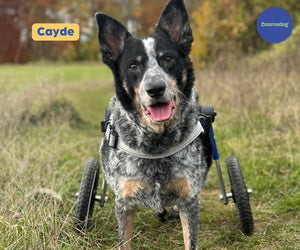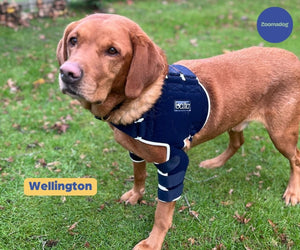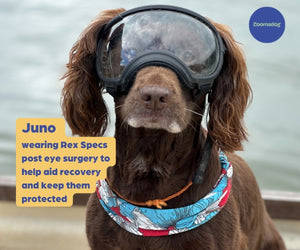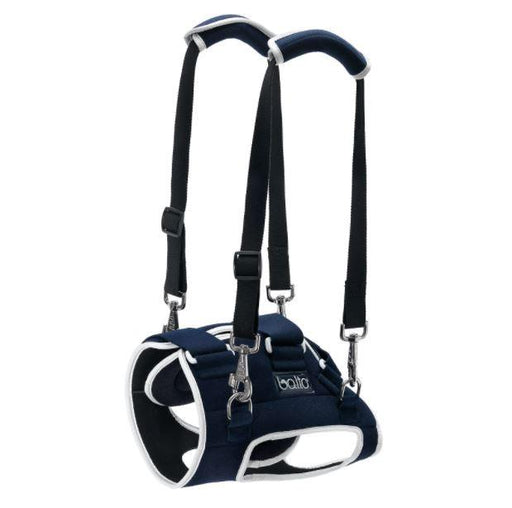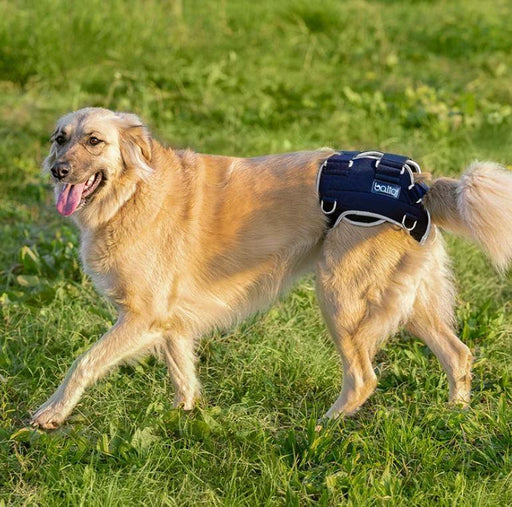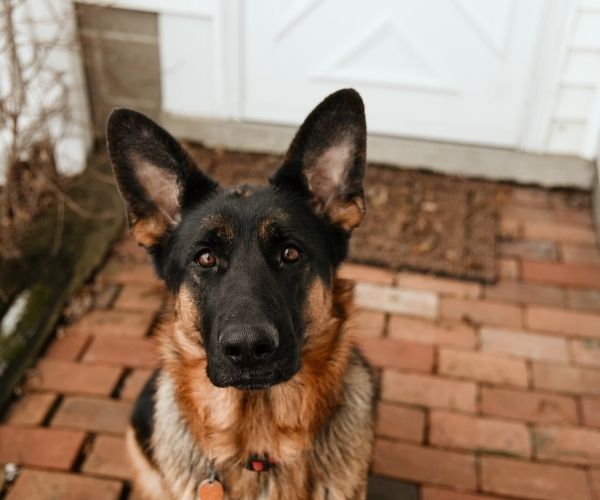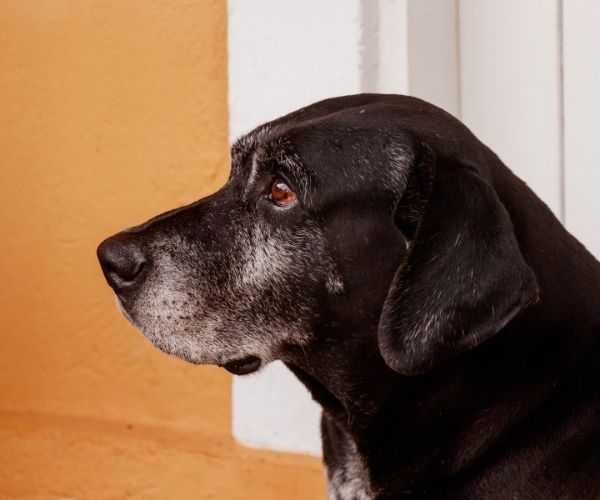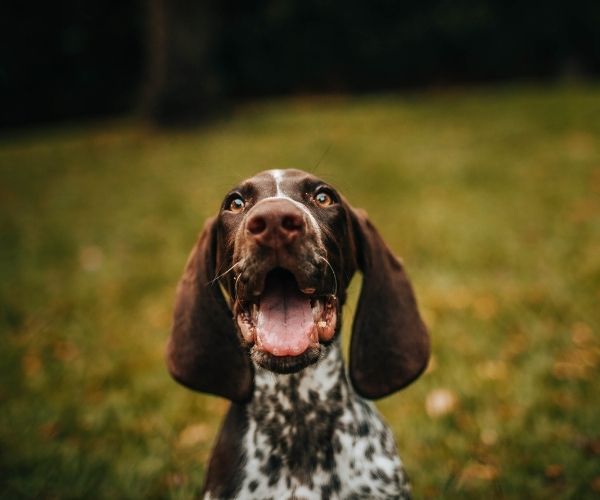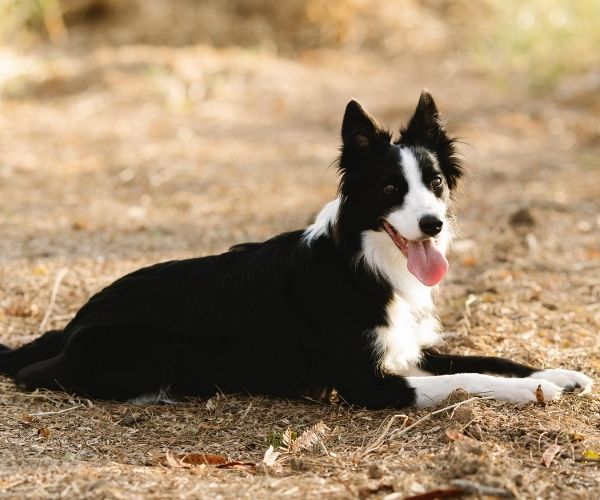When is a Dog Hip Brace Right?
Your dog will benefit from a dog hip brace if your dog has rear leg weakness caused by hip dysplasia or is recovering from a hip dislocation.
Although primarily designed for hip dysplasia, hip braces can be beneficial in some cases of hip arthritis. This is because of the compression, warmth and mild support a hip brace provides.
Hip braces can be used as part of a conservative management approach to hip conditions, particularly if surgery isn’t possible. They are also recommended pre-surgery to prevent the condition worsening, and post-surgery to help with rehabilitation and pain management.
How will a Dog Hip Brace Help?
Hip braces draw the top of your dogs thigh bone (the ball) into the hip socket. This stabilises your dogs hip joint which reduces soreness and supports the lower back.
The brace compresses the hip area to reduce swelling and inflammation by improving circulation, and preventing fluid buildup.
The hip joint’s range of motion is limited by the brace, reducing pain. Muscle tension is also lessened because of the external stabilisation the brace provides. This means muscles around the hip no longer have to compensate for the hip joint instability.
How to PIck a Dog Hip Brace
Hip dysplasia braces all have the same principles - compressing the top of the thigh bone into the hip socket to stabilise the hip joint.
The Orthodog Dog Hip Brace is made of soft material and can be worn for longer periods of time. Your dog can lie down comfortably while wearing it. It’s easy to put on your dog, is secured by a harness, has adjustability, and is strong stabilisation for the hips. It can be worn for swimming and can be washed at low temperatures.
The Balto Life Hip Dysplasia Dog Brace is a slightly different design but the same principle of compression. Two metal discs inside the hip brace apply the pressure. It’s suitable for all degrees of hip dysplasia, even the most severe (Degree E). Choose this if your dog needs extra support or lift, because it has handles that can be added. The hip brace can be worn all day. This is also suitable for hip arthritis.
Read more about dog hip dysplasia here.



